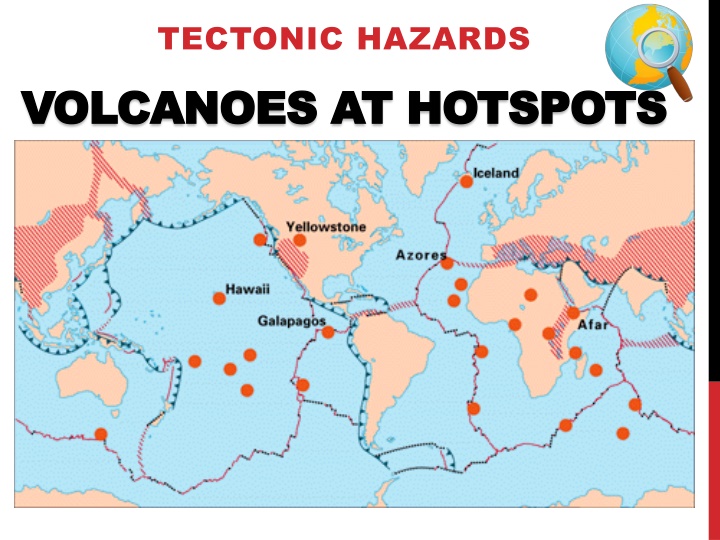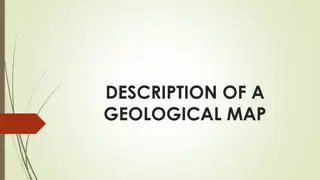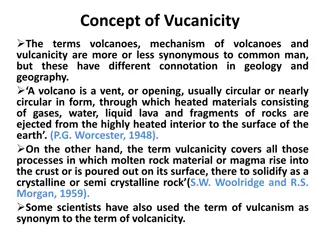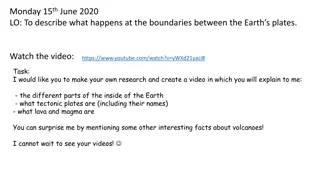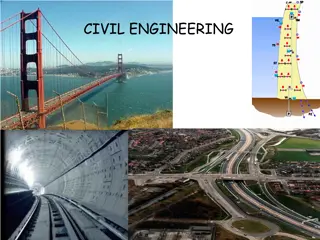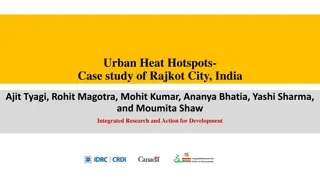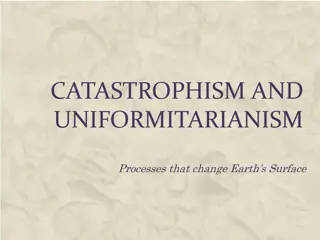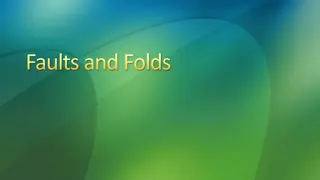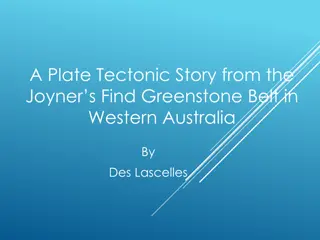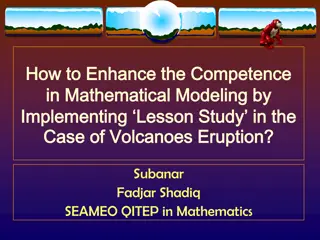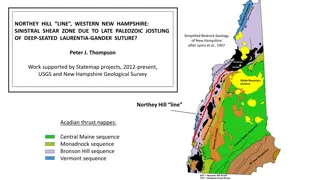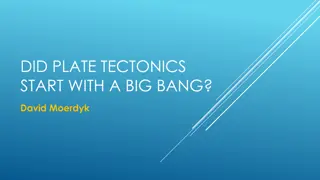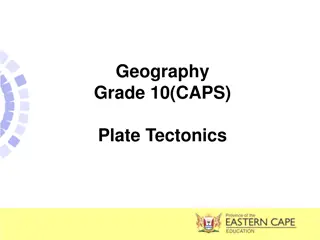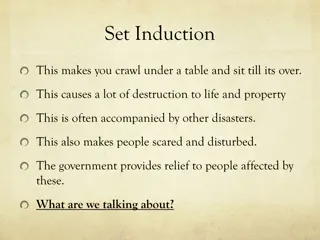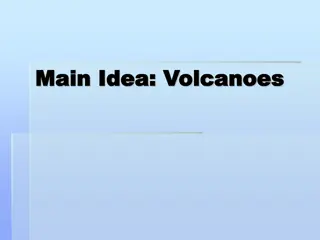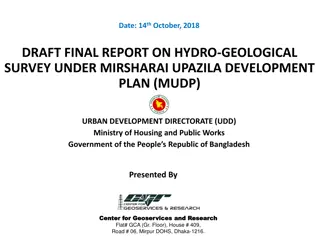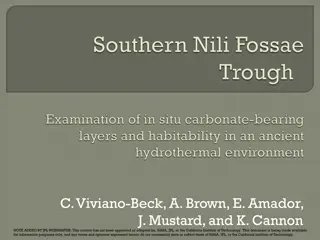Exploring Volcanoes and Hotspots: A Geological Adventure
Delve into the world of volcanoes and hotspots in this educational content, uncovering the mysteries of how these geological features form and behave. From extinct volcanoes to the movement of tectonic plates, journey through fascinating concepts with informative visuals and engaging activities.
Uploaded on Oct 09, 2024 | 0 Views
Download Presentation

Please find below an Image/Link to download the presentation.
The content on the website is provided AS IS for your information and personal use only. It may not be sold, licensed, or shared on other websites without obtaining consent from the author.If you encounter any issues during the download, it is possible that the publisher has removed the file from their server.
You are allowed to download the files provided on this website for personal or commercial use, subject to the condition that they are used lawfully. All files are the property of their respective owners.
The content on the website is provided AS IS for your information and personal use only. It may not be sold, licensed, or shared on other websites without obtaining consent from the author.
E N D
Presentation Transcript
TECTONIC HAZARDS VOLCANOES AT HOTSPOTS VOLCANOES AT HOTSPOTS
IN THIS LESSON YOU WILL DISCOVER : (I) The reason why some volcanoes do not occur on plate boundaries. (II) What happens to volcanoes located over a hotspot as they are carried away by the tectonic plate. 2
Study the distribution of volcanoes shown on Figure 2. Where is Kilauea located? Kilauea is located in the middle of the Pacific Ocean far from plate boundaries. 3
Extinct volcanoes Underwater volcano 4
WHY? You are going to watch a short video on the formation of hotspot volcanoes. 1- Study activity 1 on the Hotspots worksheet. 2- Watch and listen! 3- Watch the video again to complete your answers! 5- Discuss your answers with the student seated beside you.
A FEW KEY WORDS TO HELP YOU VIDEO VIDEO Stationary: which doesn t move. Motion=movement Intrusion: Magma slowly pushes up from deep within the earth into any cracks or spaces it can find. Mantle Plume: A column of hot rock rising inside the mantle Solid part of the mantle Semi-molten part of the mantle (magma) An extinct volcano is not expected to erupt again.
TIME TO SHARE YOUR ANSWERS
plume active seamounts stationary underwater upwards boundaries chain changes direction erosion erupts extinct hot interior melts moves new
